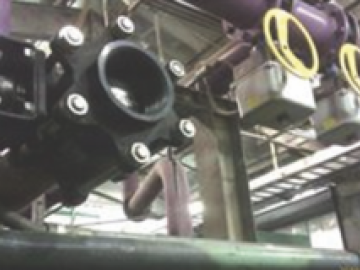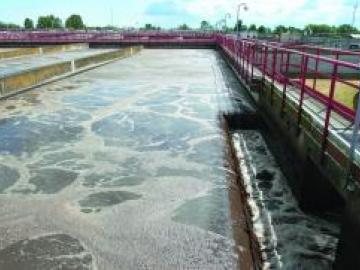Utilizing Venturi Vacuum Generators Efficiently
Air-driven Venturi vacuum generators have long been a viable option for fast-response, localized, vacuum-powered systems. Through the last decade, they were considered convenient and flexible solutions with quick response time. However, they were not regarded as energy efficient, probably due to their use of compressed air. Extensive product development with this equipment — particularly the crucial system accessories — often makes the selection of the most energy-efficient items difficult for many localized operations.








